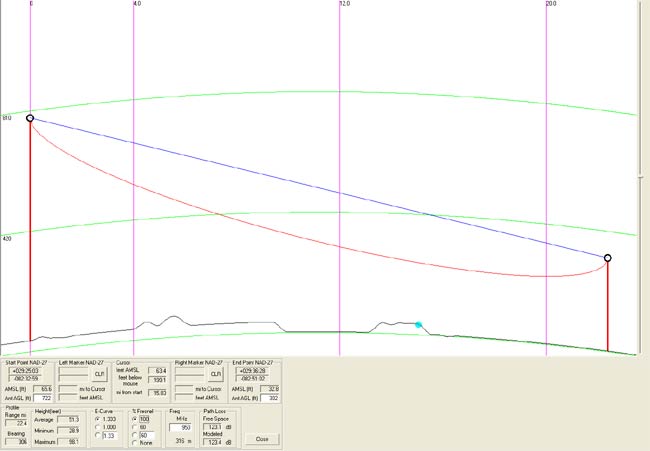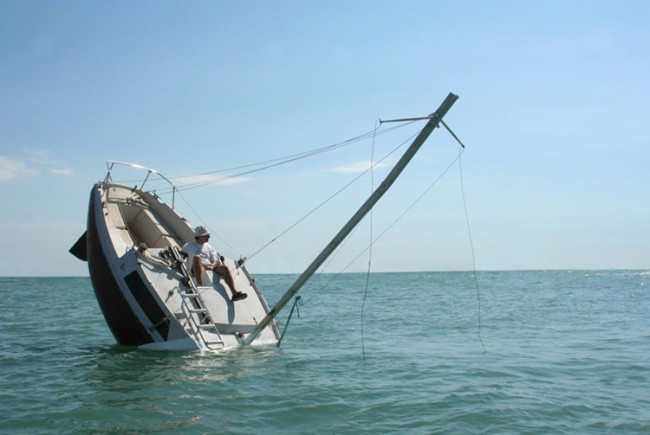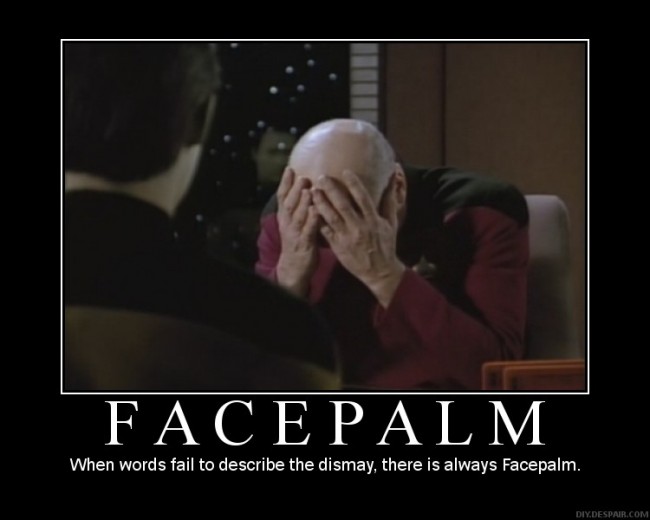File under some new every day. Yesterday, there was an area-wide power outage in Woodstock, NY. The backup generator failed to start, however, WDST remained on the air until the UPS batteries ran out several hours later. Then my cellphone rang. Alas, yet another Sunday on the job.
Upon arrival, I found the power had just come back on, so the DJ (yes, there was a live person in the studio, on Sunday) was restarting the NextGen system and getting the station back on the air. I restarted the rest of the servers, streaming computers, and whatnot. While I was there, I figured I might as well see why the generator didn’t run.
Pressing the start switch led to the “click, click, click, click…” which normally indicates the battery is dead. Deciding that I should dig a little deeper, I got the volt meter out. Battery voltage, no load 13.8 volts. A normal reading. Flick the starter switch and measure the battery voltage again, under load 13.7 volts. Hmmmm, now that is not what I suspected. If the battery were bad, the voltage should drop down under load.
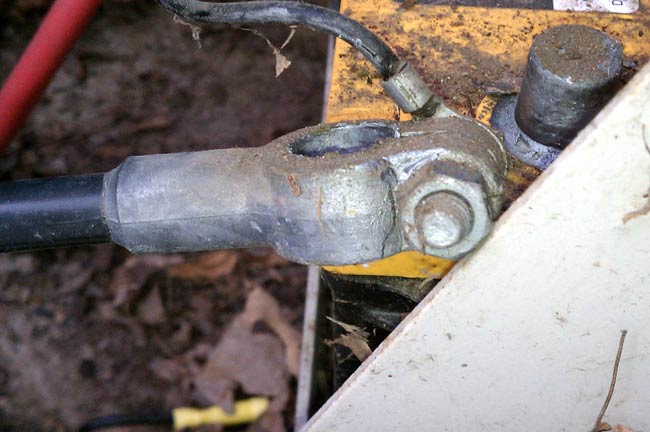
I grabbed the negative cable and it came off in my hand. Another one of those “ah ha!” moments. Upon closer examination, the terminal connector is cracked in half.
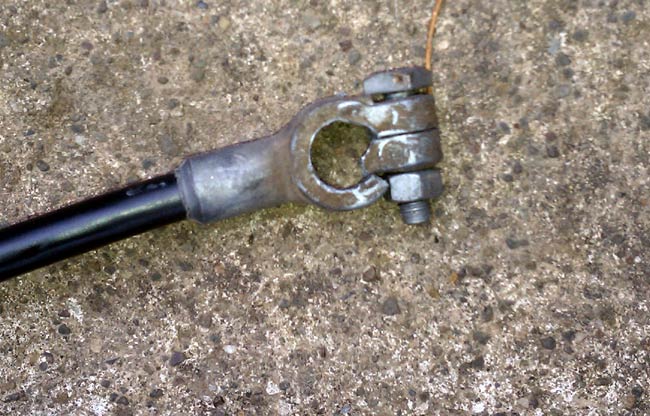
I went to the local Ford dealership and bought a heavy-duty truck battery cable. Since the battery itself is six years old, I decided to bring it and have it checked, and sure enough, the battery was going bad too. Rather than suffer through another power outage without a generator, I went ahead and replaced the battery.
Why the terminal cracked in half in the first place, I don’t know. Perhaps it was over-tightened, or some type of manufacturing defect.

